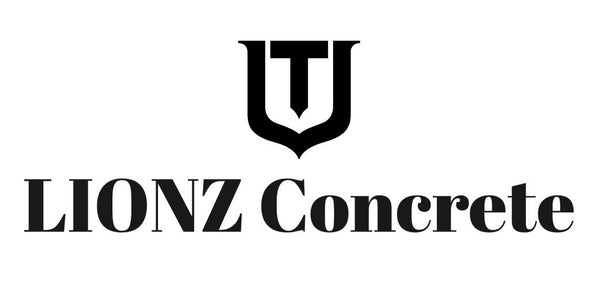Is Concrete a Good Material for Furniture?
Share
Introduction:
When most people think of concrete, they imagine sturdy buildings, expansive bridges, or even modern urban sidewalks. However, concrete is increasingly finding its way into our homes in the form of furniture. From sleek coffee tables to robust countertops, this versatile material is making a statement in interior design. But is concrete really a good material for furniture? Let’s delve into its advantages and disadvantages to find out.

The Pros of Concrete Furniture
- Durability: One of the primary benefits of concrete furniture is its exceptional durability. Unlike wood, which can warp or crack, or metal, which can rust, concrete stands the test of time. It can withstand significant wear and tear, making it ideal for high-traffic areas or outdoor use.
- Aesthetic Appeal: Concrete furniture exudes a modern, minimalist charm. Its sleek, clean lines and the possibility for various finishes—polished, matte, or textured—make it a versatile choice for contemporary interiors. Concrete can also be tinted or stained in various colors, allowing for customization to match any décor.
- Low Maintenance: Concrete furniture requires minimal upkeep. A simple wipe down with a damp cloth is usually sufficient to keep it looking pristine. Additionally, if sealed properly, concrete can resist stains and spills, making it a practical choice for everyday use.
- Sustainability: Concrete is an environmentally friendly material when sourced and produced responsibly. It can incorporate recycled materials like fly ash or slag, reducing its environmental footprint. Moreover, its longevity means less frequent replacements, contributing to sustainability.
- Versatility: Concrete can be molded into virtually any shape, offering endless design possibilities. From intricate patterns to smooth, seamless surfaces, concrete can be crafted to fit unique design visions. This flexibility makes it an attractive option for custom furniture pieces.
The Cons of Concrete Furniture
- Weight: Concrete furniture is heavy. This can make it challenging to move, especially for larger pieces like dining tables or countertops. The weight also requires sturdy flooring to support it, which may not be suitable for all homes.
- Cost: While concrete itself is not an expensive material, the labor-intensive process of crafting and finishing concrete furniture can drive up costs. Custom designs, in particular, can be quite pricey.
- Comfort: Concrete is a hard material, which might not be ideal for pieces that require comfort, such as chairs or sofas. While cushions and upholstery can be added, the inherent hardness of concrete may still be a drawback for some.
- Temperature Sensitivity: Concrete can be quite cold to the touch, especially in cooler climates. This might be uncomfortable for everyday use unless measures are taken to warm it up, such as incorporating radiant heating elements in concrete floors.
- Potential for Cracking: Although durable, concrete is not completely immune to cracking. Temperature fluctuations, improper mixing, or structural stress can lead to cracks over time. However, these can often be repaired, and some consider minor cracks to add character.
Conclusion
So, is concrete a good material for furniture? The answer largely depends on your specific needs and aesthetic preferences. If you value durability, modern design, and low maintenance, concrete furniture could be an excellent choice for your home. However, if you prioritize lightweight, comfortable, and warm materials, you might want to consider other options or combine concrete with other materials to offset its drawbacks.
Concrete furniture makes a bold statement, blending functionality with a sleek, industrial look. Whether you opt for a concrete coffee table, a sturdy dining table, or even concrete countertops, this material offers a unique blend of strength and style that can enhance your living space.

